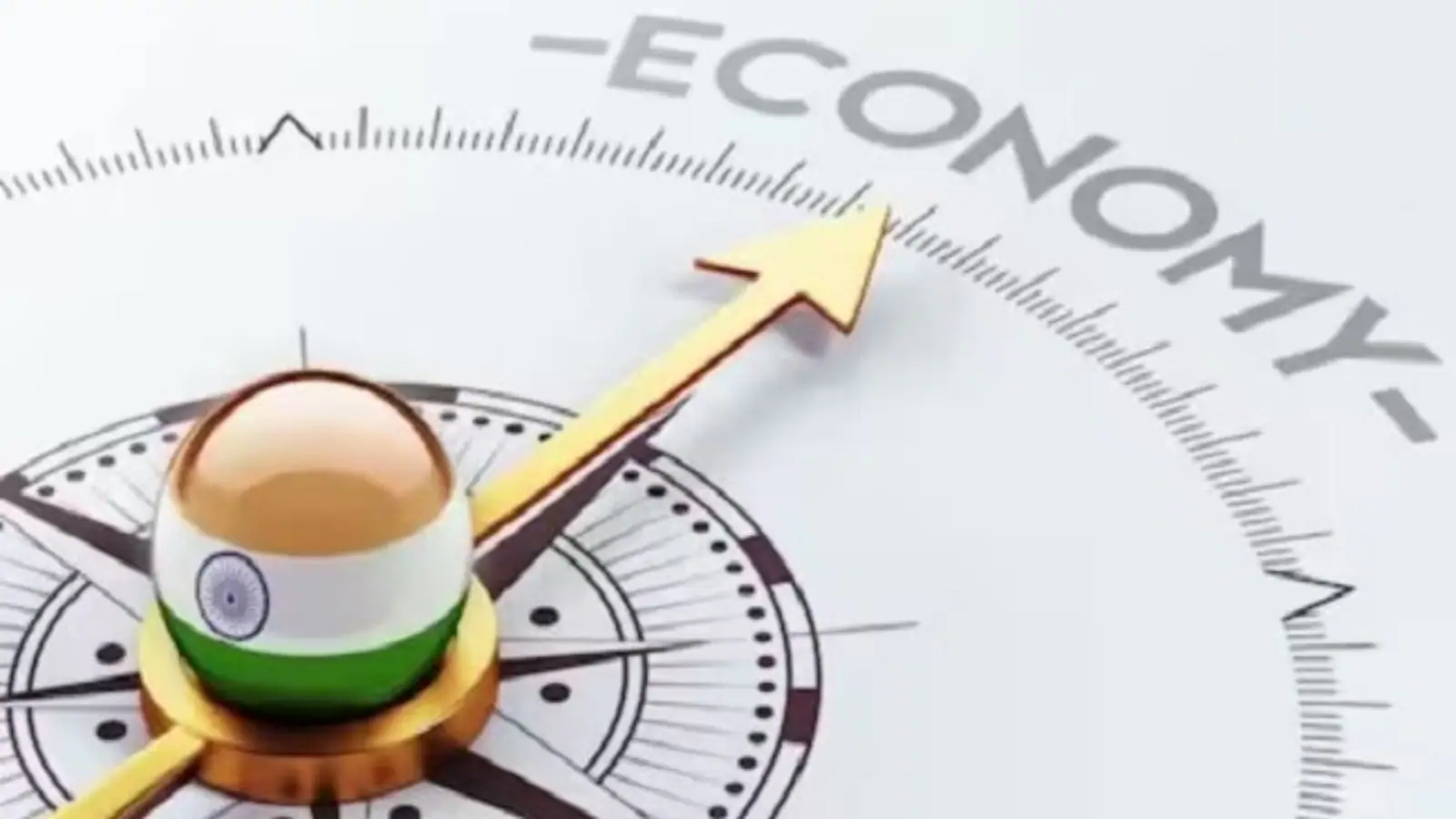India’s Economic Outlook Remains Broadly Optimistic Despite Global Woes: Finance Ministry Report
By Mohammad Haris,News18
Copyright news18

India’s economic momentum picked up in Q1 FY26, with real GDP growing by 7.8 per cent YoY in April-June 2025 quarter, higher than most estimates, according to a finance ministry report released on September 26. It added that the country’s economic outlook remains “broadly optimistic” despite turbulent international environment.
“India’s economic outlook remains broadly optimistic despite a turbulent international environment marked by geopolitical uncertainties and shifting trade dynamics. The GDP growth surprised on the upside in Q1 FY26. Domestic components of demand have played a key role in supporting growth and is expected to remain so in the next half year as well,” the ministry said in its ‘Monthly Economic Review August 2025’.
A pick-up in the manufacturing and services sectors in Q1 FY26, combined with steady growth in the agricultural sector, helped real gross value added (GVA) expand by 7.6 per cent over this period, it added.
‘GDP growth remains driven primarily by domestic demand, with the share of private consumption in Q1 FY25 being the highest first-quarter share of consumption in nominal GDP in the past 15 years. The rationalisation of the GST structure will provide further impetus to consumption growth. The share of capital formation remained steady, driven by improved government capex,” according to the report.
On the GST reforms, it said that recognising the need to strengthen domestic growth drivers amid these heightened external sector risks, the government has announced a rationalisation of the GST regime. This move is expected to lower the tax burden on consumers, boost consumption, and provide a cushion against tariff impacts. Additionally, it is likely to improve demand visibility for firms, enabling them to expand investment in additional capacities.
Inflation is expected to remain well under control, with replenished reservoirs auguring well for the winter crop. Additionally, the revision in GST rates may lead to a one-time reduction in inflation over the next year.
Despite trade and tariff-related headwinds, India’s external sector has remained resilient. Strong service exports and remittances have offset the merchandise trade deficit, while gross FDI inflows continue to rise, underscoring India’s appeal as an investment destination. Labour market momentum is expected to stay positive.
‘$100,000 H-1B Visa Fee Causes Disruptions’
The ministry, however, said the recent US imposition of a one-time fee of US$100,000 for all future H-1B visas cause disruptions, the impact of which—particularly on the growths of future remittances and service trade surpluses—will need close monitoring if the restrictions persist. India is also expanding its economic partnerships, signing a bilateral investment treaty with Israel and preparing a Comprehensive Economic Partnership Agreement with Oman to reduce duties, boost investment, and diversify trade beyond energy imports.



